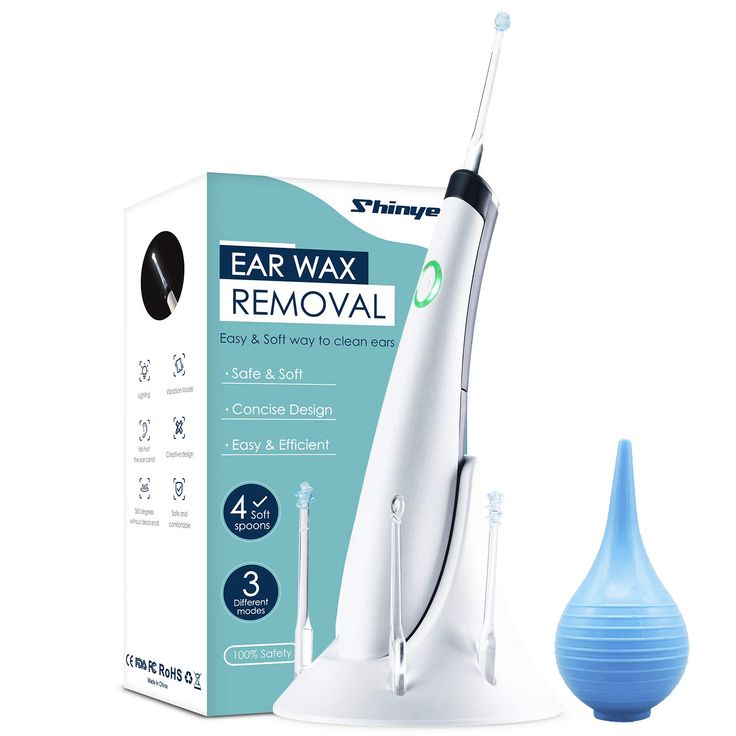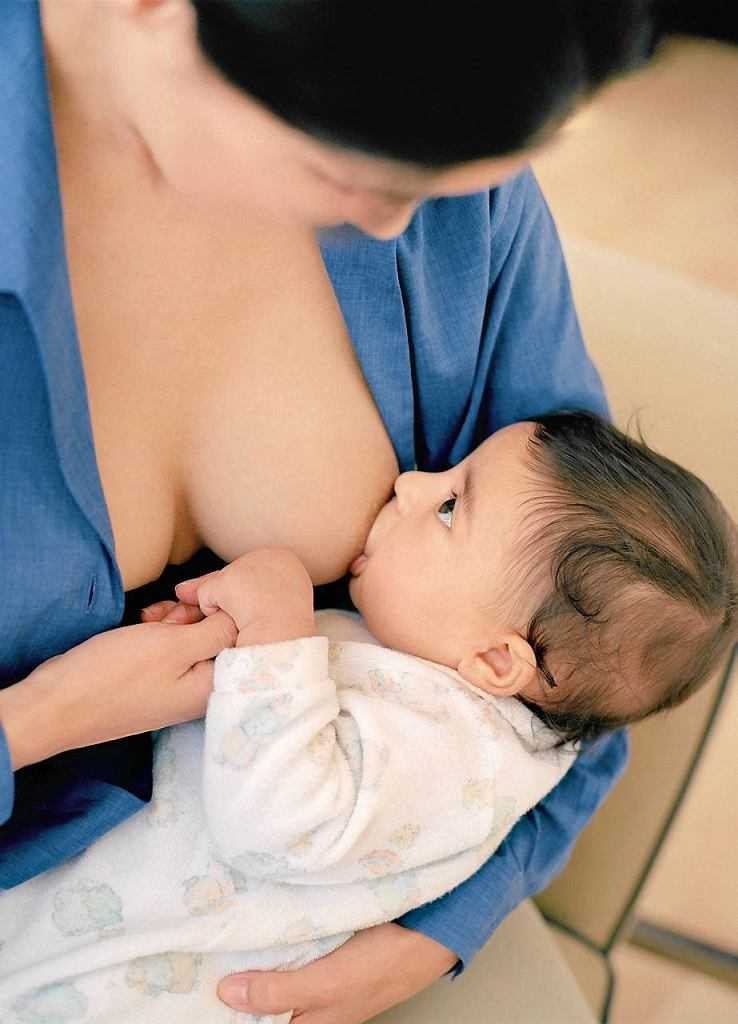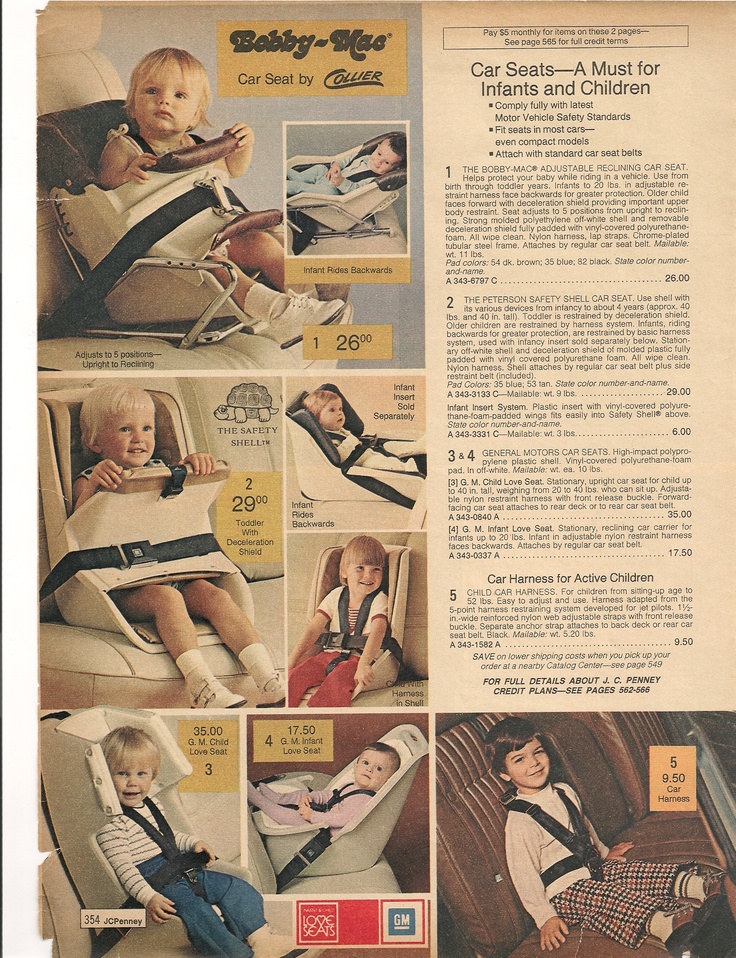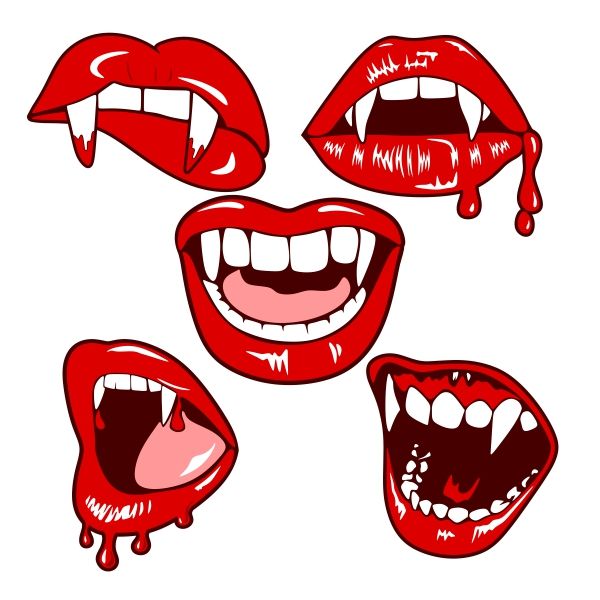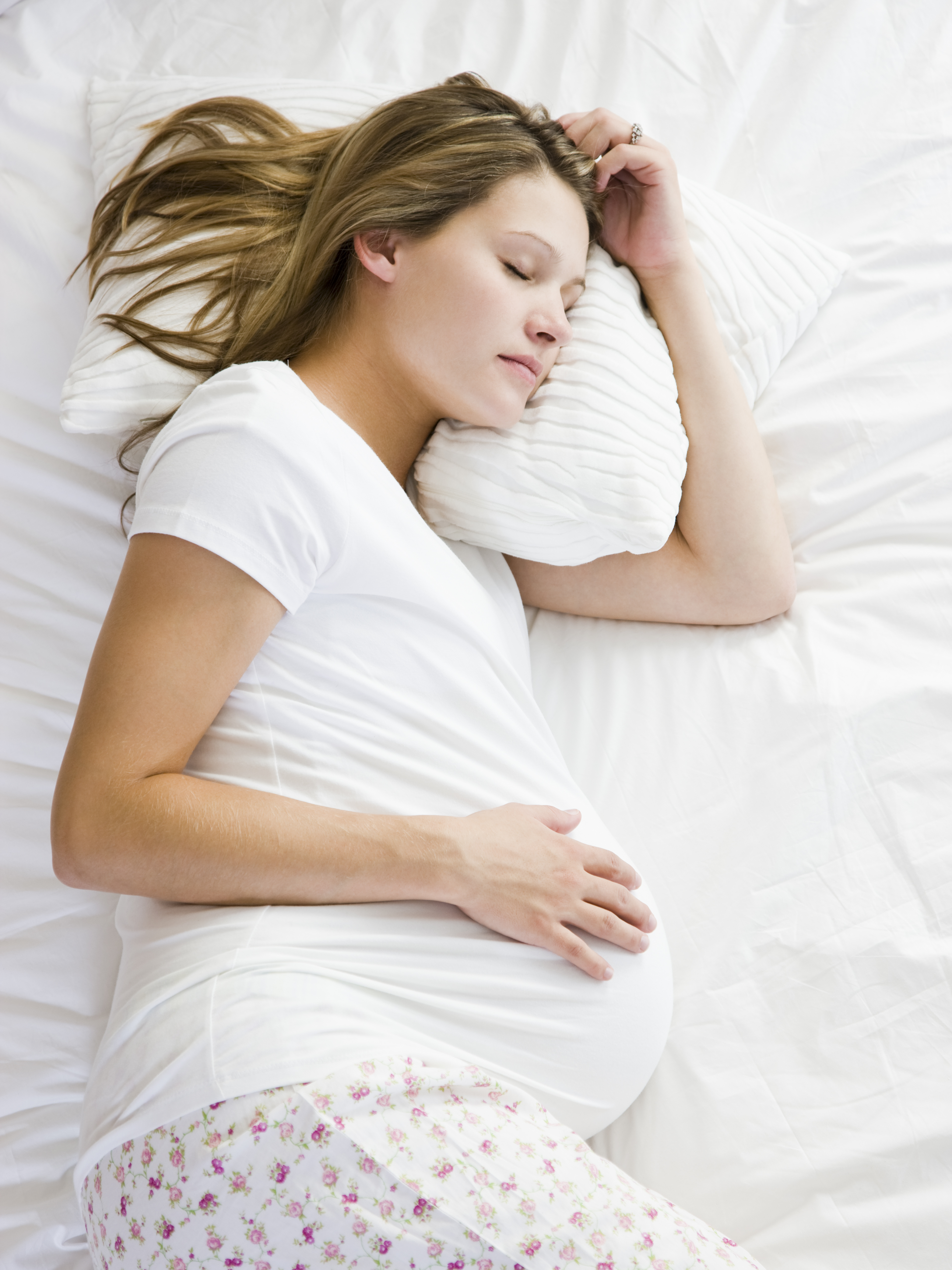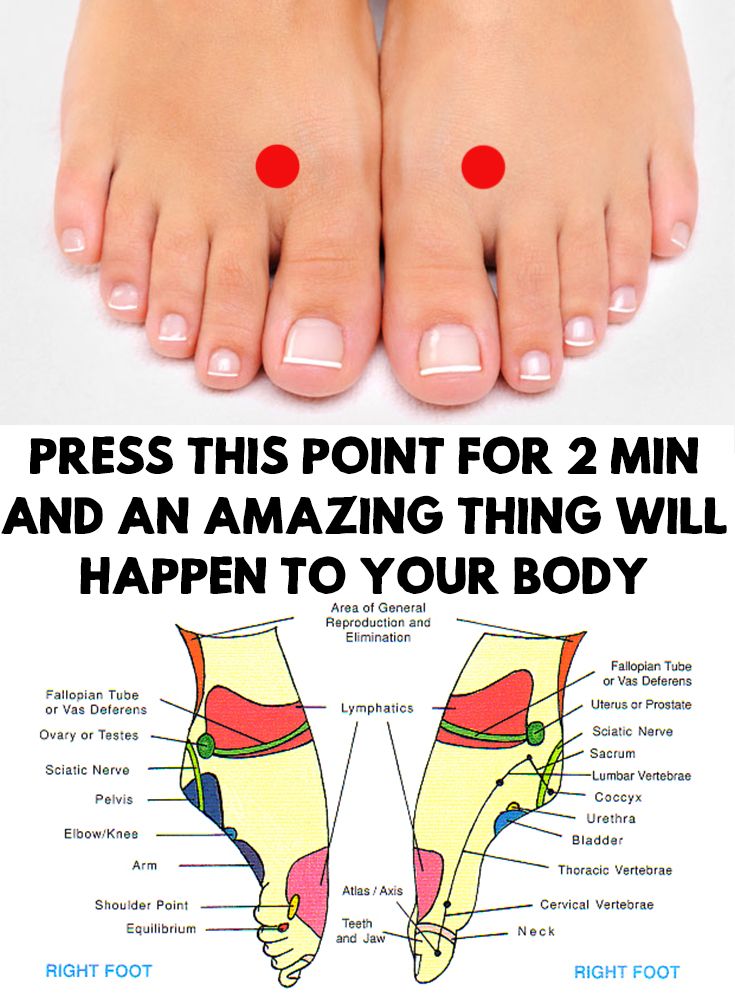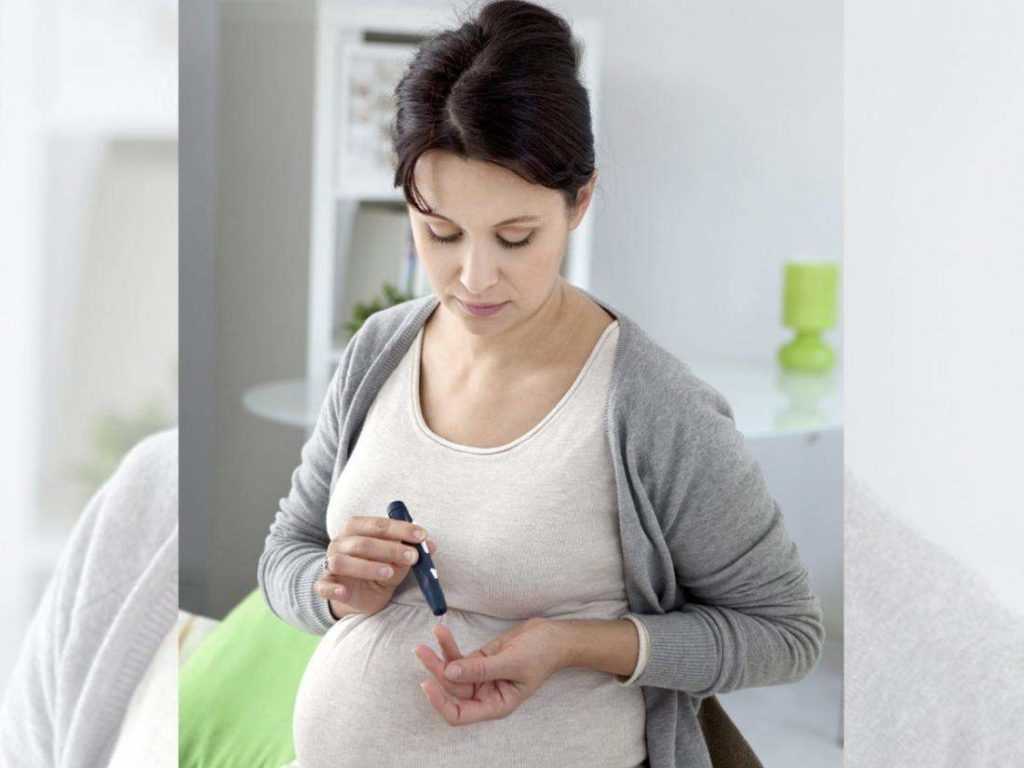Safe way to clean baby ears
Steps, Safety, When to Seek Help
It’s important to keep your baby’s ears clean. You can clean the outer ear and the skin around it while you bathe your baby. All you’ll need is a washcloth or cotton ball and some warm water.
It’s not safe to use cotton swabs or to stick anything inside your baby’s ear. If you notice earwax inside the ear, you don’t need to remove it.
Earwax is healthy for your baby because it’s protecting, lubricating, and has antibacterial propertires. Removing it can cause potentially harmful damage.
Read on to learn steps for cleaning your baby’s ears, plus safety tips.
To clean your baby’s ears on a daily or regular basis, you’ll need a cotton ball that’s been soaked with warm water. You can also use a gentle washcloth with some warm (not hot) water.
To clean baby’s ears:
- Wet the washcloth or cotton ball with warm water.
- Ring out the washcloth well, if using.
- Gently wipe behind baby’s ears and around the outside of each ear.
Never stick the washcloth or cotton ball inside your baby’s ear. This can cause damage to the ear canal.
Eardrops
If your baby has been prescribed eardrops or you want to use them to remove wax buildup, follow these steps.
- Lie your baby on their side with the affected ear facing up.
- Gently pull the lower lobe down and back to open the canal.
- Place 5 drops in the ear (or the amount your pediatrician recommended).
- Keep the drops in your baby’s ear by keeping baby in a lying position for up to 10 minutes, then roll them over so the side with the drops is facing down.
- Let the ear drops run out of your baby’s ear onto a tissue.
Always use drops according to your pediatrician’s recommendation. Follow their instructions for how many drops to administer and how often to give them to your baby.
Cotton swabs are not safe to use on infants or young children. In fact, from 1990-2010, ear cleaning was the most common cause for a child in the United States to be omitted to the emergency room for an ear injury.
More than 260,000 children were affected. Most commonly, these injuries involve an object stuck in the ear, perforated eardrums, and soft tissue injuries.
The safest rule to keep in mind is that if you see any waxy buildup or discharge on the outside of the ear, use a warm, wet washcloth to gently wipe it away.
Leave anything inside the ear (the part you can’t see) alone. Injury to the eardrum, hearing bone, or inner ear can all cause long-term health complications for your child.
Earwax buildup in infants is rare. Usually, the ear canal makes the correct amount of earwax it needs. But in some cases, excess earwax buildup can interfere with hearing, or cause pain or discomfort. Your baby may tug on their ear to indicate discomfort.
Some causes of earwax buildup include:
- Using cotton swabs. These push the wax back in and pack it down instead of removing it
- Sticking fingers in the ear. If wax is pushed back by your infant’s fingers, it may build up.
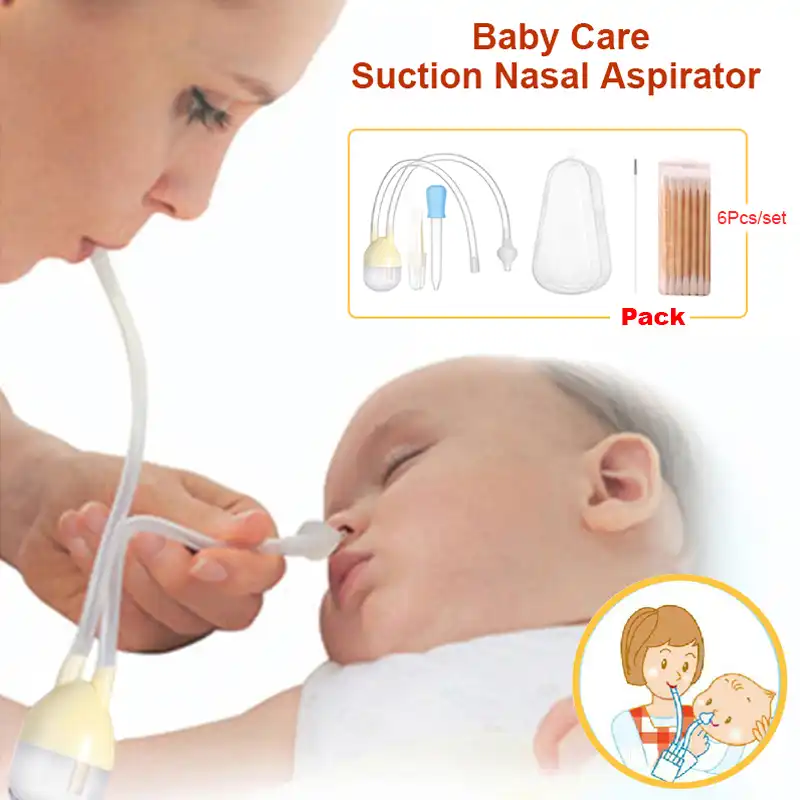
- Wearing ear plugs. Ear plugs can push wax back in the ear, causing buildup.
Don’t try to remove earwax buildup at home. If you’re concerned about earwax buildup, see a pediatrician. They can determine if your infant’s earwax needs to be removed.
Is earwax dangerous?
Earwax is not dangerous. It serves many important functions including:
- protecting the eardrum and ear canal, keeping it dry, and preventing germs from causing infection
- trapping dirt, dust, and other particles so they don’t enter the ear canal and cause irritation or injury
Let your baby’s pediatrician know if your infant is tugging at their ears. If you don’t already have a pediatrician, you can browse doctors in your area through the Healthline FindCare tool. Also let them know if you suspect a blocked ear canal is making it difficult for your baby to hear you, or if you notice any yellow-green discharge from your child’s ear.
Your doctor may remove the wax if it’s causing discomfort, pain, or interfering with hearing.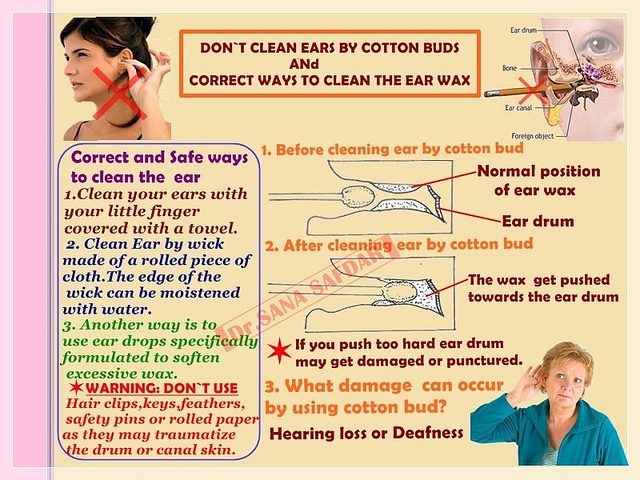
A pediatrician can usually remove the wax during a regular office appointment without requiring any further treatment. In rare cases, the wax may need to be removed under general anesthesia in the operating room.
If your pediatrician notices signs of an ear infection, they may prescribe antibiotic eardrops for your baby.
Seek medical help right away if you notice bleeding from the ear after an object was inserted in the ear canal. You should also seek medical help if your child looks or acts very sick, or their walking is unsteady.
It’s important to keep your baby’s ears clean. In most cases, you can clean the outer ear and area around the ears during your regularly scheduled bath time. You’ll just need a washcloth and warm water.
Although there are several products on the market made specifically for cleaning the inside of your baby’s ears, many of them aren’t safe. Cotton swabs also aren’t safe for your baby.
If you notice a large amount of wax buildup or are concerned about your baby’s ears, let your pediatrician know. They can determine if it needs to be removed and advise you on the best treatment.
They can determine if it needs to be removed and advise you on the best treatment.
Steps, Safety, When to Seek Help
It’s important to keep your baby’s ears clean. You can clean the outer ear and the skin around it while you bathe your baby. All you’ll need is a washcloth or cotton ball and some warm water.
It’s not safe to use cotton swabs or to stick anything inside your baby’s ear. If you notice earwax inside the ear, you don’t need to remove it.
Earwax is healthy for your baby because it’s protecting, lubricating, and has antibacterial propertires. Removing it can cause potentially harmful damage.
Read on to learn steps for cleaning your baby’s ears, plus safety tips.
To clean your baby’s ears on a daily or regular basis, you’ll need a cotton ball that’s been soaked with warm water. You can also use a gentle washcloth with some warm (not hot) water.
To clean baby’s ears:
- Wet the washcloth or cotton ball with warm water.
- Ring out the washcloth well, if using.
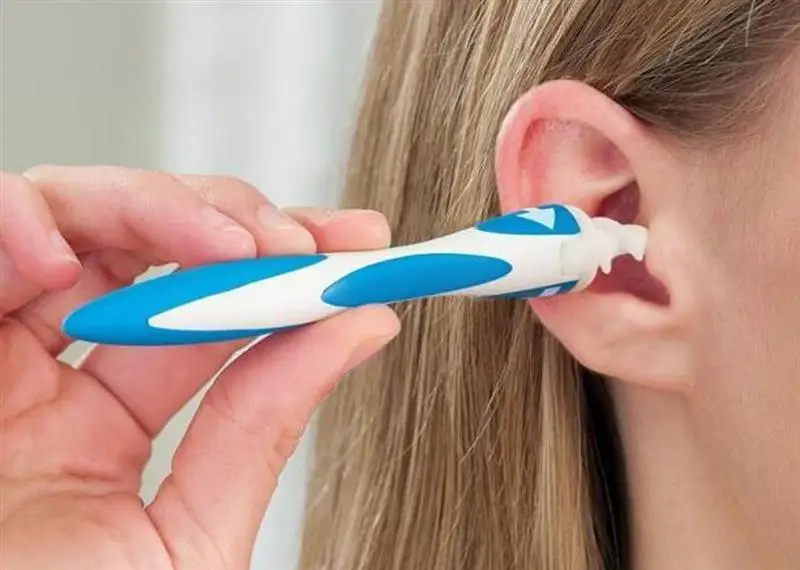
- Gently wipe behind baby’s ears and around the outside of each ear.
Never stick the washcloth or cotton ball inside your baby’s ear. This can cause damage to the ear canal.
Eardrops
If your baby has been prescribed eardrops or you want to use them to remove wax buildup, follow these steps.
- Lie your baby on their side with the affected ear facing up.
- Gently pull the lower lobe down and back to open the canal.
- Place 5 drops in the ear (or the amount your pediatrician recommended).
- Keep the drops in your baby’s ear by keeping baby in a lying position for up to 10 minutes, then roll them over so the side with the drops is facing down.
- Let the ear drops run out of your baby’s ear onto a tissue.
Always use drops according to your pediatrician’s recommendation. Follow their instructions for how many drops to administer and how often to give them to your baby.
Cotton swabs are not safe to use on infants or young children. In fact, from 1990-2010, ear cleaning was the most common cause for a child in the United States to be omitted to the emergency room for an ear injury.
In fact, from 1990-2010, ear cleaning was the most common cause for a child in the United States to be omitted to the emergency room for an ear injury.
More than 260,000 children were affected. Most commonly, these injuries involve an object stuck in the ear, perforated eardrums, and soft tissue injuries.
The safest rule to keep in mind is that if you see any waxy buildup or discharge on the outside of the ear, use a warm, wet washcloth to gently wipe it away.
Leave anything inside the ear (the part you can’t see) alone. Injury to the eardrum, hearing bone, or inner ear can all cause long-term health complications for your child.
Earwax buildup in infants is rare. Usually, the ear canal makes the correct amount of earwax it needs. But in some cases, excess earwax buildup can interfere with hearing, or cause pain or discomfort. Your baby may tug on their ear to indicate discomfort.
Some causes of earwax buildup include:
- Using cotton swabs. These push the wax back in and pack it down instead of removing it
- Sticking fingers in the ear.
 If wax is pushed back by your infant’s fingers, it may build up.
If wax is pushed back by your infant’s fingers, it may build up. - Wearing ear plugs. Ear plugs can push wax back in the ear, causing buildup.
Don’t try to remove earwax buildup at home. If you’re concerned about earwax buildup, see a pediatrician. They can determine if your infant’s earwax needs to be removed.
Is earwax dangerous?
Earwax is not dangerous. It serves many important functions including:
- protecting the eardrum and ear canal, keeping it dry, and preventing germs from causing infection
- trapping dirt, dust, and other particles so they don’t enter the ear canal and cause irritation or injury
Let your baby’s pediatrician know if your infant is tugging at their ears. If you don’t already have a pediatrician, you can browse doctors in your area through the Healthline FindCare tool. Also let them know if you suspect a blocked ear canal is making it difficult for your baby to hear you, or if you notice any yellow-green discharge from your child’s ear.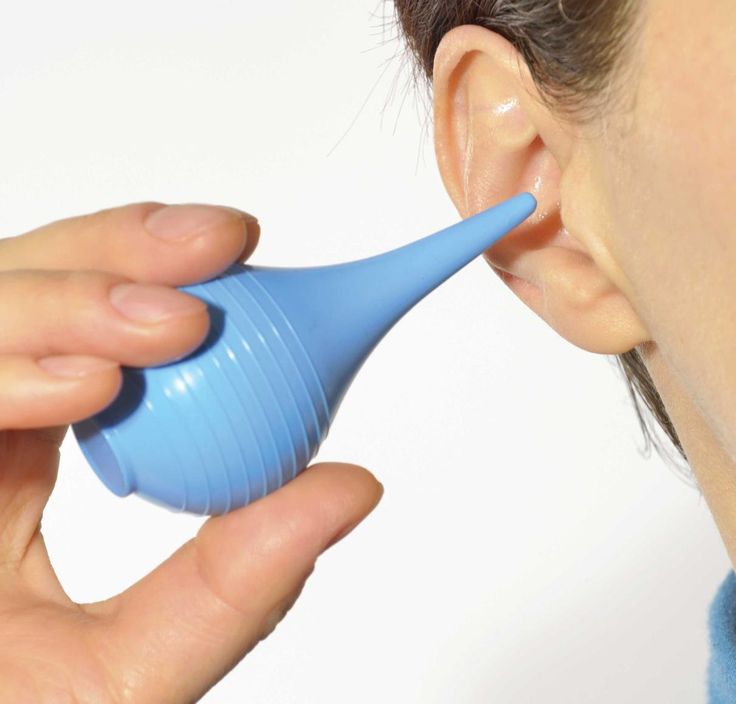
Your doctor may remove the wax if it’s causing discomfort, pain, or interfering with hearing.
A pediatrician can usually remove the wax during a regular office appointment without requiring any further treatment. In rare cases, the wax may need to be removed under general anesthesia in the operating room.
If your pediatrician notices signs of an ear infection, they may prescribe antibiotic eardrops for your baby.
Seek medical help right away if you notice bleeding from the ear after an object was inserted in the ear canal. You should also seek medical help if your child looks or acts very sick, or their walking is unsteady.
It’s important to keep your baby’s ears clean. In most cases, you can clean the outer ear and area around the ears during your regularly scheduled bath time. You’ll just need a washcloth and warm water.
Although there are several products on the market made specifically for cleaning the inside of your baby’s ears, many of them aren’t safe.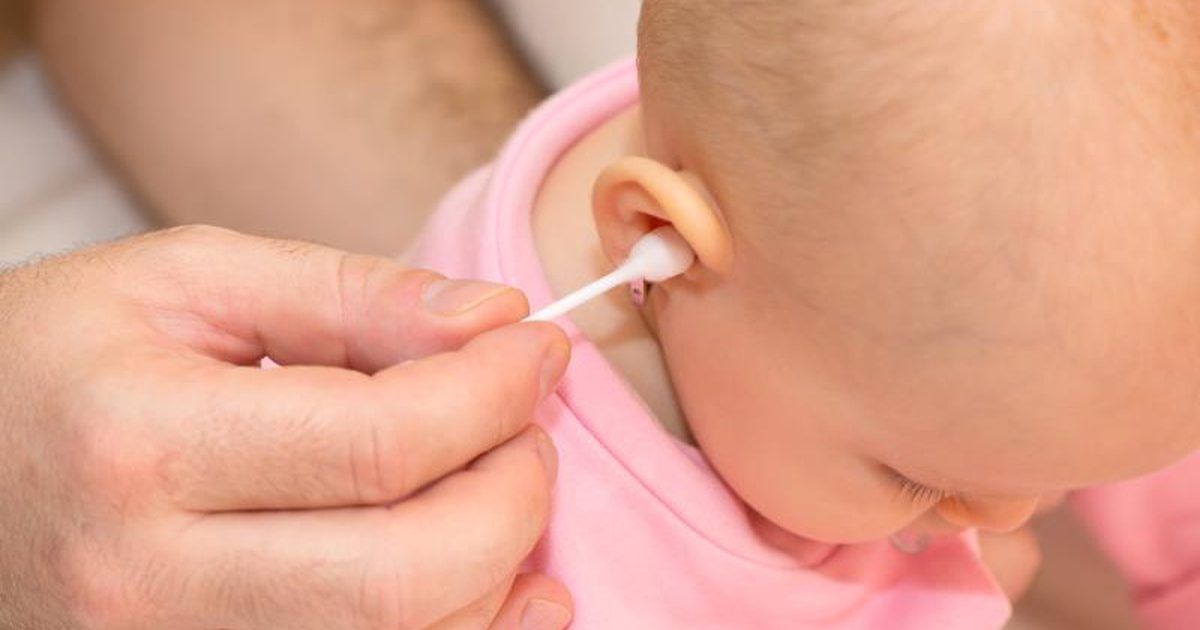 Cotton swabs also aren’t safe for your baby.
Cotton swabs also aren’t safe for your baby.
If you notice a large amount of wax buildup or are concerned about your baby’s ears, let your pediatrician know. They can determine if it needs to be removed and advise you on the best treatment.
Safe ways of washing the ear cavity. Janet syringe: pros and cons
Media center » Article
Today, such problems of the ear cavity as sulfur plugs and purulent inflammations are the most common in otolaryngology. They cause pain, discomfort in the middle ear area and cause the patient's hearing loss. However, they are not difficult to deal with. There is a proven way to get rid of such problems - washing the ear in the ENT room.
Washing methods
Methods using surgical devices and any piercing / cutting objects are long gone at the end of the 9th century, when a French psychophysiologist named Pierre Marie Felix Janet created an enlarged design of a conventional syringe that could flush the urethra.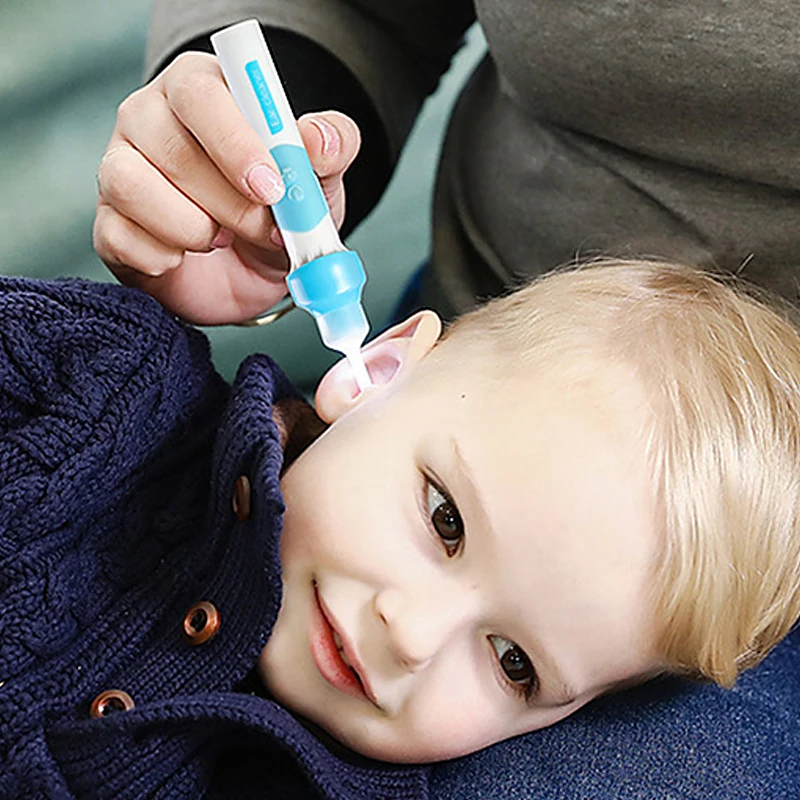 In the future, otolaryngology also found its application.
In the future, otolaryngology also found its application.
This syringe has become actively used by ENT doctors to deal with the problems of blockage of the ear cavity by washing with warm water. Moreover, even today this method remains the most common, but not the only one.
Medical technology is advancing and the procedure is now being performed in some facilities using the safe, innovative ProPlus ear rinsing hardware design.
Flushing with Janet Syringe
In modern ENT practice, the method of washing the ears with the help of the Janet Syringe is widely used. The French doctor's syringe is similar to the usual injection to the last detail, but it is not used for injections, moreover, it is prohibited by law in some countries. Structurally, the syringe is made in the form of a hollow cylinder, one side of which is crowned with a cone for nozzles, and the end side is open, where the piston rod is inserted. In fact, the only way it differs from trivial syringes is its large volume: 100, 150, 200, 250 and even 500 ml.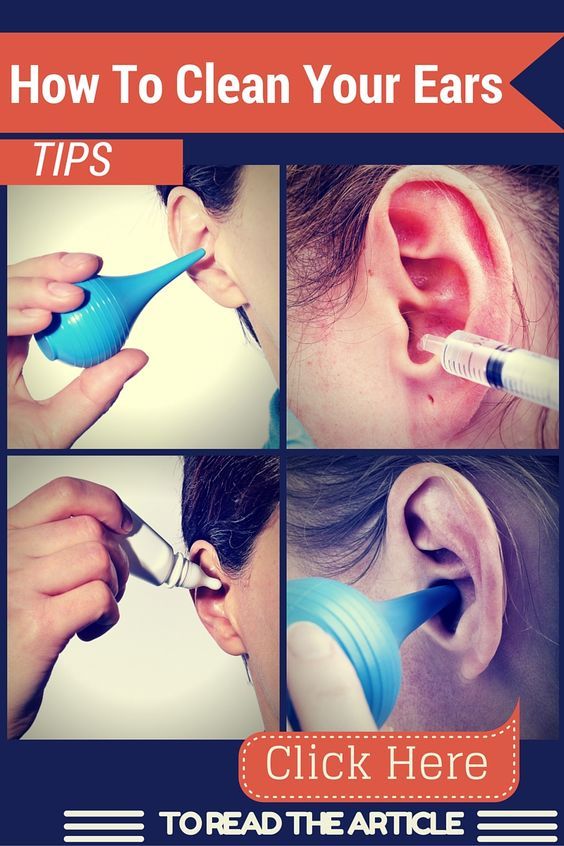
This method is the most conservative, simple and budgetary in the field of ear washing. But perhaps that's where the positives end. Janet's syringe is not always disposable, because often in public clinics reusable models are used for a large number of patients with ear cavity problems.
In this connection, there is always a risk of negligence or a “human factor” when medical workers accidentally forget to completely disassemble the syringe before disinfection and sterilization or put it in autoclaves after use, which may subsequently result in the risk of infection for future patients.
Note that the work of this syringe is carried out exclusively with the help of the strength of the hands of an ENT doctor, and also in a suspended position. In most cases, there is an uneven supply of solution (pressure) into the ear cavity, which creates discomfort for the patient. Also, we can say with confidence that the use of this method is already considered obsolete, because it was replaced by modern mobile devices for automated ear washing ProPulse, which are much more functional and safer than the traditional method using the Janet Syringe.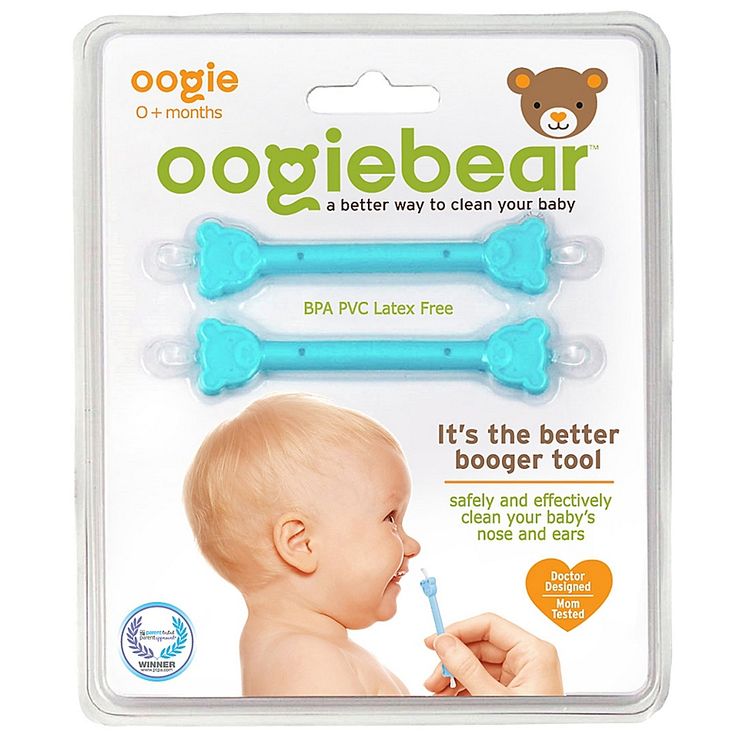
Figure 1. ProPulse Ear Wash System
The ProPulse Ear Washer is a state-of-the-art product with innovative ear rinsing technology. Thanks to its unique design, all conditions are created for comfortable and safe washing. The system includes a hot water supply pressure control function that automatically controls the water jet, avoiding any discomfort for the patient and thus facilitating the doctor's work. The simple design and high ergonomics make the procedure very fast.
Most importantly, the use of this design allows you to completely avoid the risk of infection by using disposable water tips in the ear cavity.
Otorhinolaryngology Ear washers
Mirage Health Group
ProPulse Mirage Health Group Ear Irrigation System
Ear Irrigator
Mirage Health Group
Mirage Health Group ProPulse QrXT Tips
Ear Wash Tips
DIXION
ENT Station ST-E500 Dixion
Multifunctional ENT unit
DIXION
ENT Station ST E 900 Dixion
Otolaryngologist Multifunctional ENT Unit
Get profitable
price quotes
first
Subscribe to our newsletter to stay up to date with useful news and interesting offers for your business.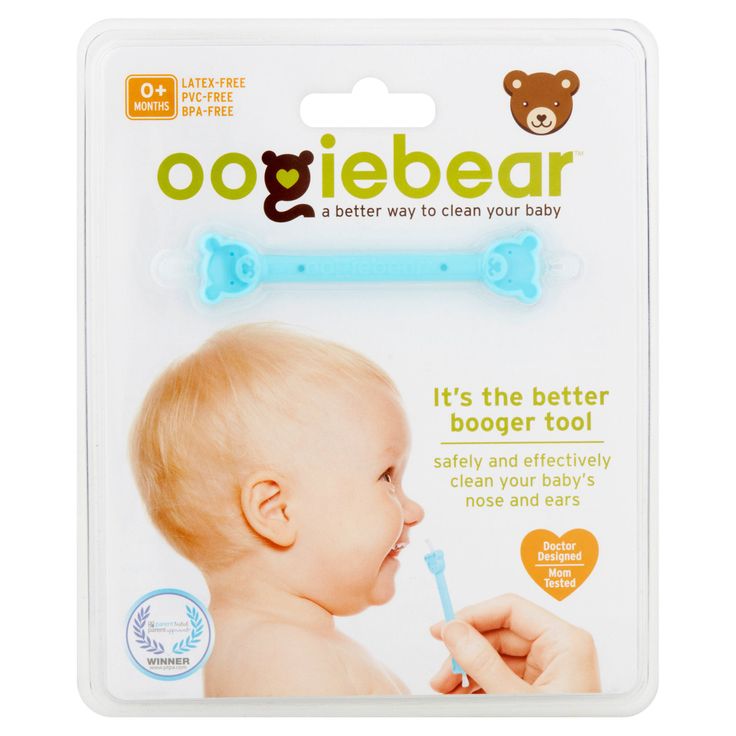
News company's news Industry news
10/25/2022
Stormoff will take part in the exhibition "HEALTH-2022"
News Industry News Company news
10/17/2022
Stormoff took part in the international Open Communications Platform OpenBio September 27-30, 2022 company's news Industry news
10/11/2022
Stormoff took part in the II Scientific and Practical Conference of the Interregional Thanatoradiological Society
News Company news
09/23/2022
Stormoff took part in the VII Congress of Physiologists in Sochi
Industry News Company news
09/20/2022
Stormoff will take part in the XXIII All-Russian Scientific and Educational Forum "Mother and Child - 2022"
News Industry News company's news Manufacturer news
09/15/2022
Stormoff participated in the Russian Diagnostic Summit
Load more
View all
View all
Should children under one year of age have their ears cleaned?
Any parent knows perfectly well that a child requires special care for himself, as well as attention, affection and care.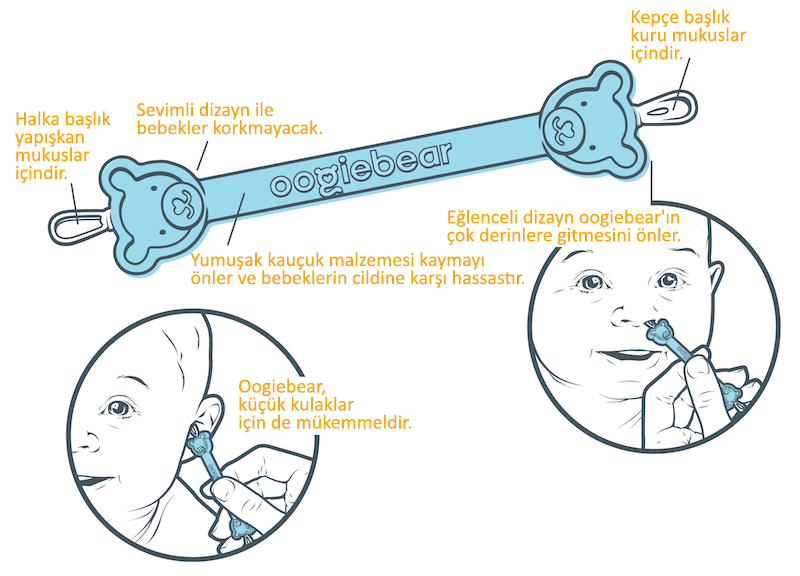 The child should not only be regularly looked after and take all possible care, but also carry out hygiene procedures every day. The list of such procedures also includes timely cleaning of the child's ears, especially if he is not even a year old from birth.
The child should not only be regularly looked after and take all possible care, but also carry out hygiene procedures every day. The list of such procedures also includes timely cleaning of the child's ears, especially if he is not even a year old from birth.
In addition, it is necessary to regularly bathe, wash, change clothes, treat the umbilical wound and clean the nose of the baby. In this regard, parents have heaps of questions related to this.
Few today are interested in such questions as how to properly hygienic care for an infant. It should be noted that cleaning the ears of children should be mandatory. However, not all parents agree with this.
Often, most new parents think about the need for this procedure, although in itself such care is essential, important for the health of the child. In this case, it should be warned that it is not recommended to clean the child's ears once again. Despite the fact that many are trying to pick out earwax in the child's ears, which, in principle, cannot be touched.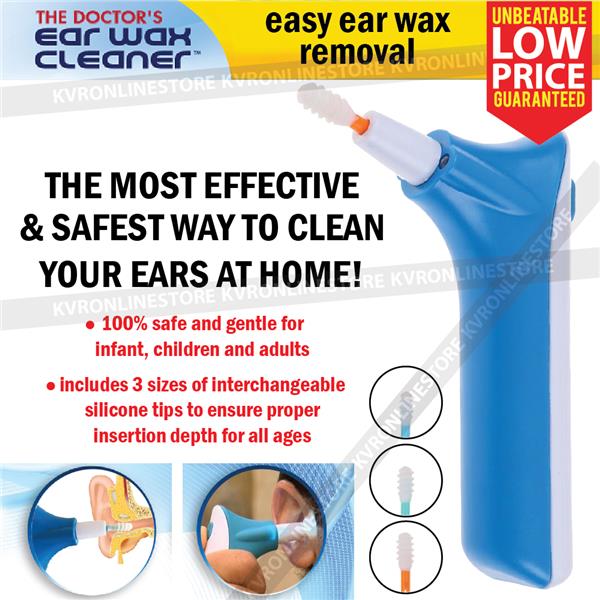
It should be noted that in the ears of the child there are glands that have a sebaceous and sulfuric composition. This composition generates a secret function, as well as a sulfuric substance. By itself, the covering of the skin produces dead cells in the body. It is not recommended to hastily clean them out of the child's ears.
The sulfur substance itself most often appears to the eyes in an unfavorable way, and can also be the cause of significant itching. But, sulfur provides an essential role in the form of a protective function. Sulfur allows the eardrums not to dry out, it moisturizes the ear canals. In addition, the substance prevents the penetration of pathogens, as well as polluted substances. If sulfur is in short supply, then the child may have significant problems with the immune system. For this reason, it is not recommended to clean the ear septum too often. Moreover, if the child most often dives into the water, then he can also feel the corresponding discomfort in the ears. The problem will be exacerbated by frequent cleaning of the child's ears. And this factor is most important to consider before the cleansing procedure.
The problem will be exacerbated by frequent cleaning of the child's ears. And this factor is most important to consider before the cleansing procedure.
But do not forget about the natural process of cleansing the ears. This is the moment when, along with peeling, self-cleaning of the ear septa is carried out. This process allows the cellular microorganisms of the epithelium, which have already formed the ear plug, to be pushed up and out. However, the epithelium is able to bring the corresponding problems, which will only worsen the auditory receptors. But due to the presence of natural mechanisms for cleaning the auditory partitions, the problem is solved pretty soon. These mechanisms are called a tiny pile, capable of moving the sulfur plug deep into the exit, from where it can be easily removed. The pile performs its own useful function in the process of moving the jaw, while eating, in the process of talking, laughing, sneezing, coughing and other natural processes. During this period, the human hearing aid is cleaned.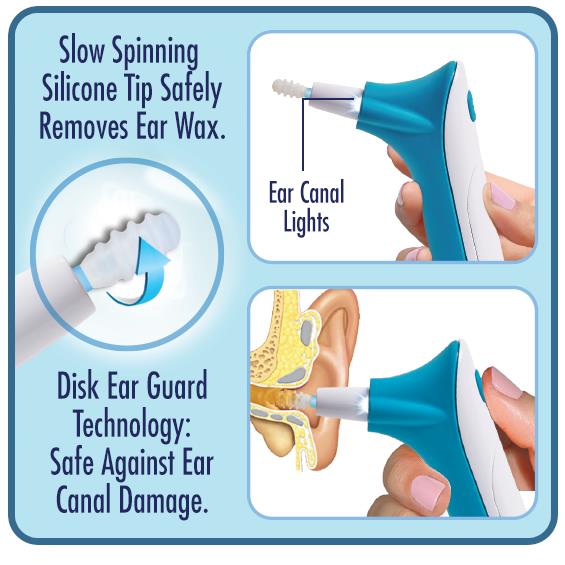
Is it allowed to clean the ears of a child from wax?
However, it is unacceptable not to clean the ears of a child ¾ at all.
Whatever it was, but hygiene is a very useful factor. At the same time, the outer particles of the ears should be cleaned only in cases where sulfur particles are visually visible. You should also read the fact that she is obliged to partially leave on her own. Often these particles are dry and have a black color tint.
If a child complains of a deterioration in the auditory reflex or pain in the ear area, you should contact the appropriate pediatrician. Usually it is ENT. It is not recommended to solve the problem by independent methods. This will lead to a deterioration in the well-being of the ward.
According to experts, otitis media is unlikely to occur with improper cleansing. However, there may be problems with the eardrums of the ear septa. For this reason, the help of appropriate specialists should not be neglected.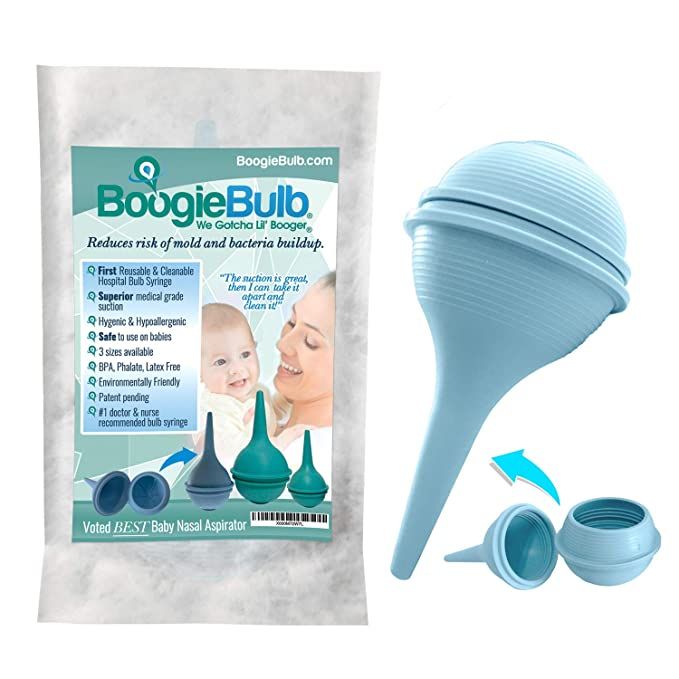
In cases where after cleaning the child's ears, no significant negative consequences are revealed, then the fact that the cerumen plug goes deep into the ear is quite likely. And its purification will need to be done in any case by a specialist.
So how to properly clean the ears of a child?
In order to avoid negative impairments and difficulties in the child's hearing, it is necessary to try to clean the ear passages of the ward as little as possible. However, sometimes care is still required. As soon as the child has taken a bath, once a week, experts recommend ear prophylaxis, but only if it is already a teenager. At the same time, it is only recommended to wipe it to clean it of residues. Only the main area in which the hole is located should be cleaned. And then in the presence of a visible accumulation of sulfuric matter. It is strictly forbidden to climb into the deep hole itself. It should be taken into account the fact that a small child has not fully formed an ear hole with the presence of a tympanic membrane. And the membrane itself is located near the hole. For this reason, it is extremely dangerous to clean the ears of children under the age of 1 year.
And the membrane itself is located near the hole. For this reason, it is extremely dangerous to clean the ears of children under the age of 1 year.
What is recommended for children to clean their ears?
It is not recommended to use sticks with cotton on the tip and other objects to clean the ear septum. For these purposes, specialized devices are sold in pharmacies in the form of the same sticks that have a limiter. Such devices are able to penetrate deep into the ear opening to a safe distance. However, their use is by no means mandatory.
Not recommended for use and turundas with the presence of cotton wool. During the screwing procedure, they leave a pile in the ear hole, which will subsequently lead to inflammation. Most often, self-cleaning of the ear opening leads to the sealing of the wax plug inside the ear and pushing it even further into the ear. At the same time, even sticks with a limiter are not able to help in this situation.
The most reliable way to clean a child's ears may be a 3% hydrogen peroxide solution.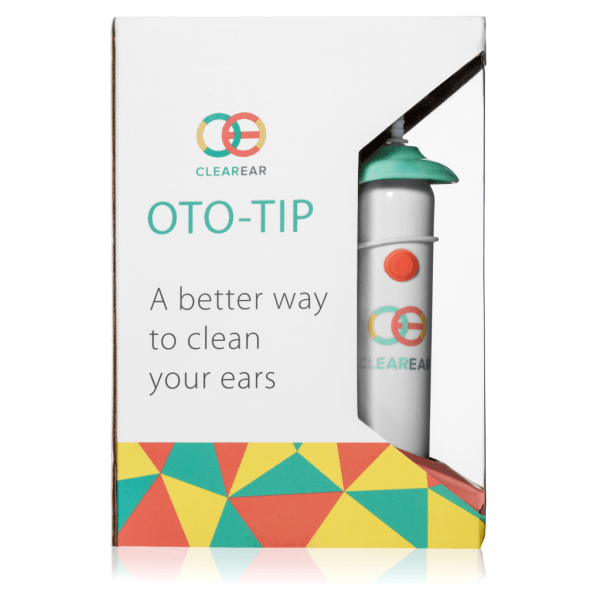 It just needs to be as fresh as possible. The technique should be used only on the recommendation of the appropriate doctor.
It just needs to be as fresh as possible. The technique should be used only on the recommendation of the appropriate doctor.
Give the child a separate drip in each ear. The solution will begin to fizz, and then rise up and push all the contents out of the ear hole to the surface. After that, you just need to wipe your ears with a cotton swab.
For comfortable use of the technique, you should arm yourself with a pipette slightly warmed up in your hands. With the help of a pipette, ear holes should be successively dripped.
How regularly should children's ears be cleaned?
Don't be afraid to clean your child's ears and cleaning once a week will suffice. Or once every few months, and even then for preventive purposes with hydrogen peroxide according to the method described above.
However, in any case, it is recommended that you take your child to the appropriate ENT specialist. For this reason, you should not clean your child's ears unless absolutely necessary.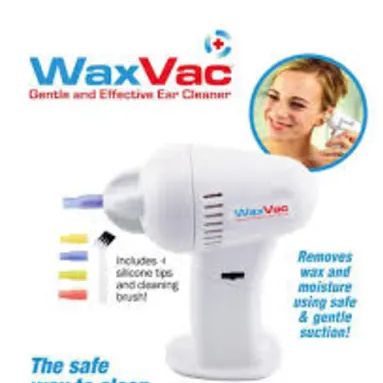
Information about higher organizations
Ministry of Health of the Russian FederationOfficial portal of the Mayor and the Government of MoscowDepartment of labor and social protection of the population of the city of Moscow: on Mondays from 15.00 to 18.00Department of health of MoscowDepartment of RosZdravNadzor for the city of Moscow and the Moscow region: Mon - Thu: 9:00 - 17:45, Fri: 9:00 - 16:30, Sat - Sun: days off Office of Rospotrebnadzor for the city of MoscowFKU Main Bureau of Medical and Social Expertise for the city of Moscow: Monday, Tuesday, Wednesday, Thursday, Friday from 8.30 to 17.30 .Directorate for coordinating the activities of medical organizations DZMMosvolunter. Responsible person for cooperation with volunteer organizations: Adylov Seyran Midatovich, tel. +7 499-250-01-75
Information for the public
Assessment of the quality of servicesIndependent assessment of the quality of services provided by medical organizationsQuestionnaire for assessing the quality of services provided by medical organizations on an outpatient basisDrugsCrowdsourcing projects of the Government of MoscowAmbulance and Emergency Medical Service in the City of MoscowAssistance Center for Medical WorkersMoscow City Compulsory Medical Insurance FundInsurance companiesFederal budgetary healthcare institution " Center for Hygiene and Epidemiology in Moscow "Official resource of the Healthy Russia program.